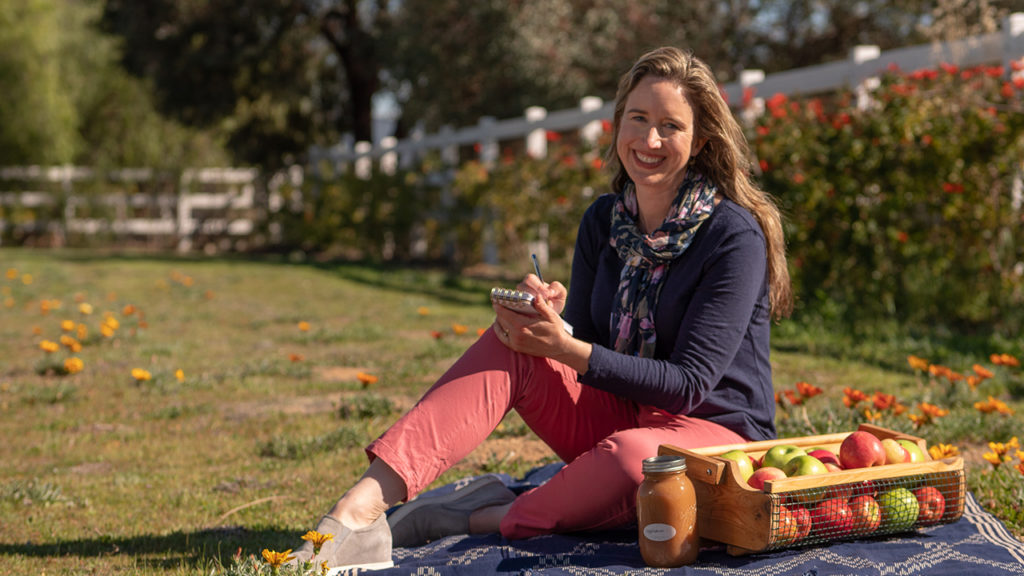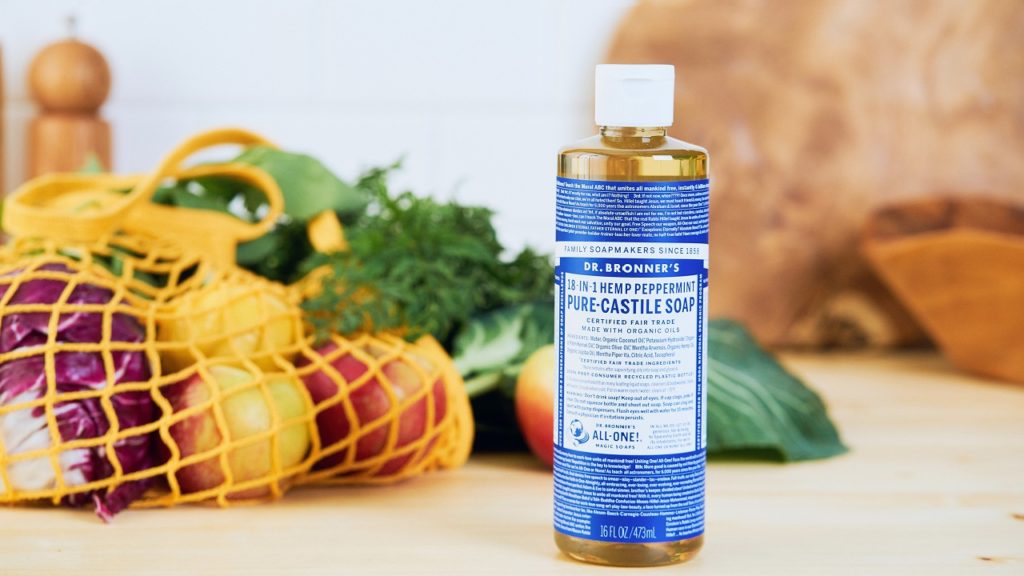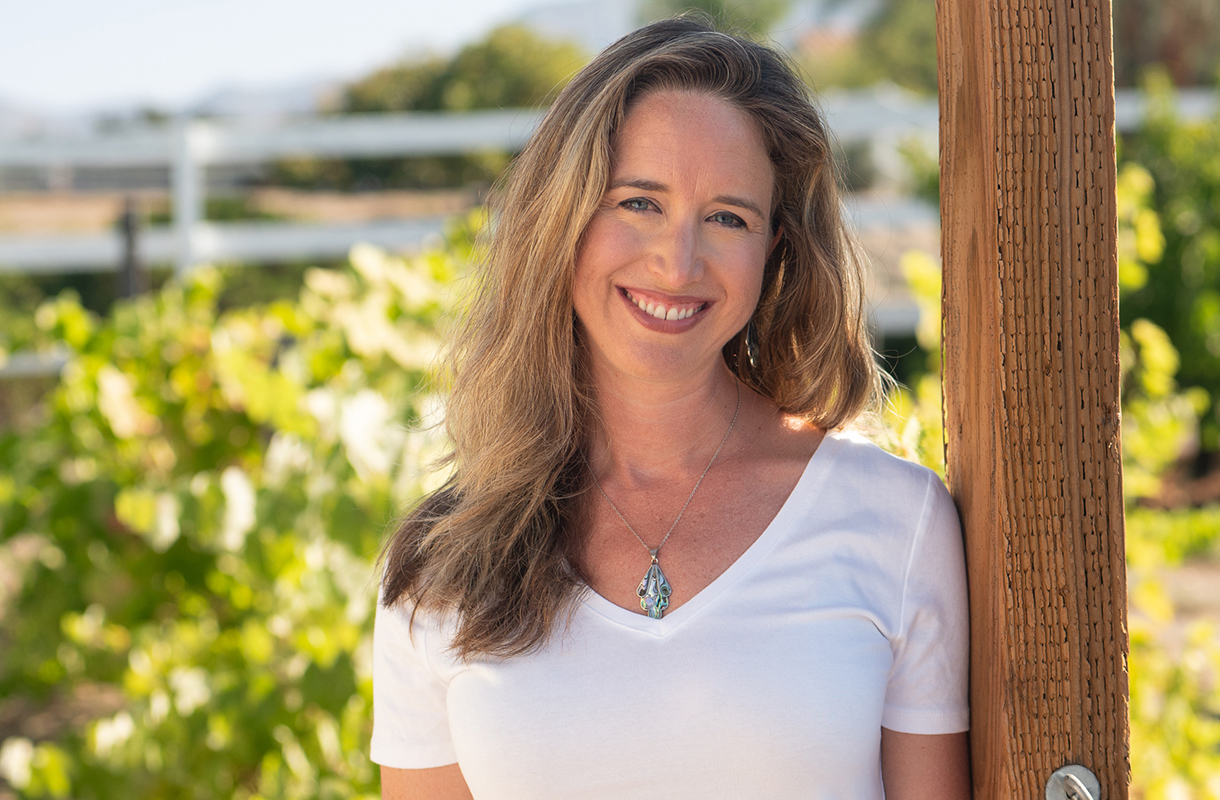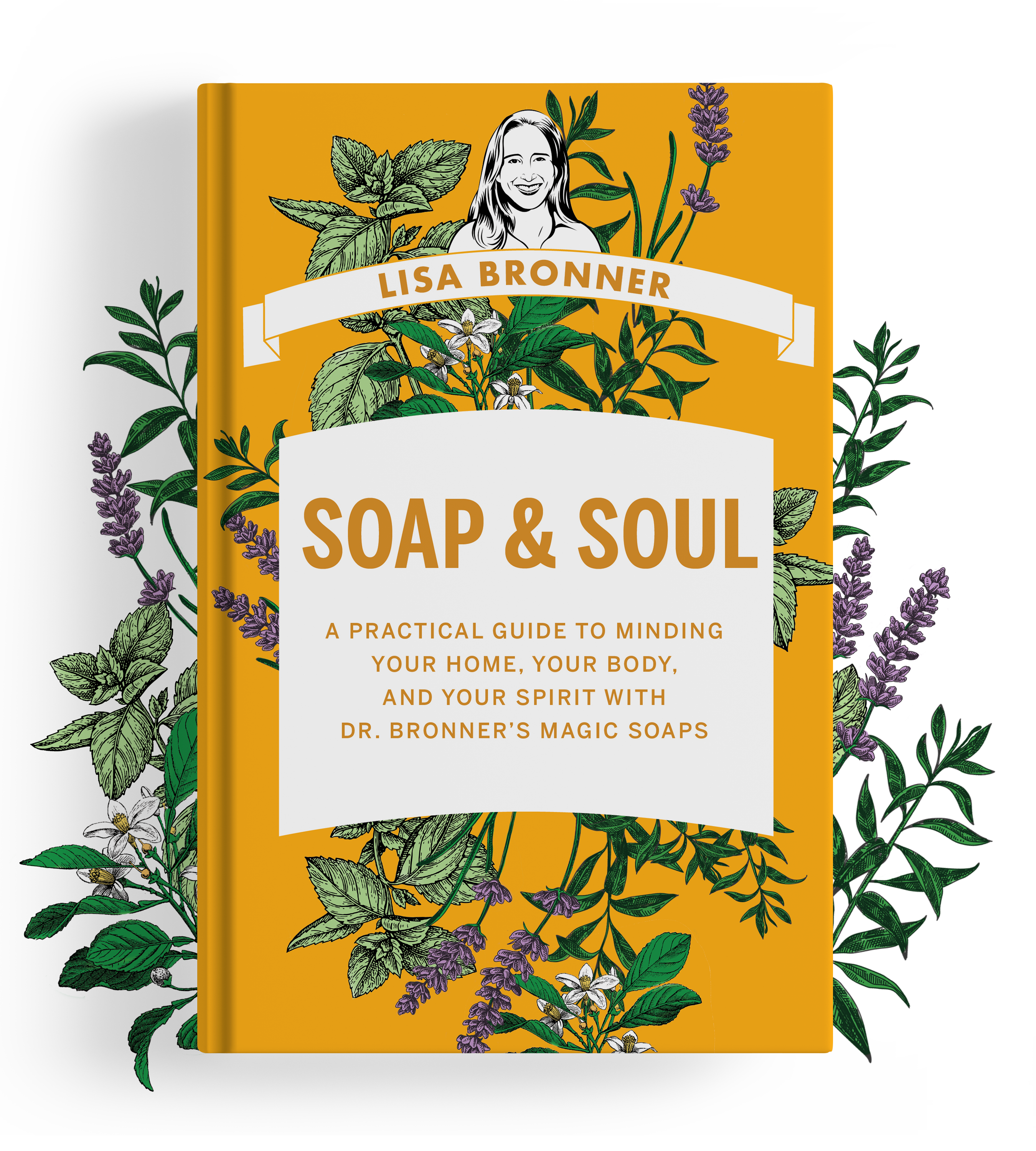
I was 20 years old the first time I saw a pickup truck on the side of the road filled with locally grown sweet potatoes. The idea that you could buy food from somewhere than a store blew my urban mind. Heretofore, food came from stores where produce were all identically sized and shaped, arranged in tidy geometric groupings. This truck bed with its tumbled pile seemed so rogue, so irregular. Could such food be trusted?
Little did I realize at the time that the tubers in that truck were fresher, sweeter, and more nutritious than any I could find in a store. And the more budget conscious I became, I appreciated that truck-bought sweet potatoes were a really great deal.
This was the beginning of my discovery that food shopping could be a creative outlet and that budgeting for organic items requires a little outside-the-box shopping.
While those sweet potatoes were common on North Carolina roads, here in sunny SoCal, similar trucks are filled with avocados, citrus, and honey. Funny how I’ve heard both sweet potatoes and avocados described as nature’s most complete food.
While I still do some of my shopping at grocery stores, I’ve diversified my sources in order to fit organic into my budget. My kitchen boasts eggs bought from neighbors, hodge-podge boxes from farmers, and treasures I’ve grown myself. While I value organic, I don’t always buy certified organic. Certification is a way of communicating to consumers how a product is grown or manufactured. If I can see how a product is grown by some other way, say by getting to know my farmer, then certification may not be necessary. There are also circumstances where organic is not the primary consideration, for instance with meat where pastured or humane treatment is key or with eggs where free-range and ability to exercise instinctive behaviors are best.
So, where I say organic, I don’t always mean certified organic with the snazzy black or green and white USDA seal, though that is a valuable demarcation. But sometimes I can verify the same principles of lack of synthetic fertilizers, problematic pesticides, or genetic engineering even without certification, and that works for me, too.
There are many benefits to shopping organic—for you, for the earth, for the workers who grow and handle the food. And when it comes to produce, organic often tastes better. But sometimes the sticker shock can be a deterrent, so here are some ways to go organic, while maintaining your food budget.
First, let’s start with general foundational principles of successful budget shopping.
- Menu plan. I could write a whole post about the benefits of menu planning, from the peace of mind to the health benefits. But from the budget angle, the advantages are that you plan at once what you need for a whole week (or month!) reducing constant trips to the store (gas!) for missing ingredients (and impulse buys). It also helps you use up what you have on hand.
- Make a list and stick to it. Creating a shopping list, remembering to take it to the store (often my downfall), and buying only what’s on the list is the key to successful budget shopping. If you want to go hard core, plan out how much that list will cost, and only take in cash for that amount—no plastic cards for a just-in-case. (Ouch!)
- Don’t shop hungry. Mind you, my kids LOVE it when I shop hungry. I come home with all sorts of things I never usually buy, and I always blow my budget. Eat a healthy snack before you start.
- Use “order online/pickup in store” options. This greatly reduces impulse buying. I think much more logically when I’m sitting in my house than when I am standing in a store, bombarded by advertisements and requests from my kids.
- Keep an eye out for sales. Using apps or ads, menu plan around items on sale. When organic zucchini is on sale, add it your meals—grill it as a side dish; plan stir frys, salads, or soups; and bake it into a loaf of zucchini bread to freeze for another day.
- Buy in bulk. Whether we’re talking fresh produce, grains, beans, or even personal care products, bulk buying reduces the cost per item or per pound tremendously. With food, purchase large bags of onions, potatoes, carrots, rice, quinoa, and other items with a long shelf life, or learn to freeze or preserve (see below). Split with a friend if the amount overwhelms you.
- Buy from refill bins. So much of a product’s cost is for its packaging. Buying from bulk or refill bins is often cheaper because you bring your own reusable packaging. This also cuts down on the environmental impact of single-use packaging.
More tips for budget-conscience organic shopping:
- Buy in season. Produce in-season is always cheaper and tastes better. November strawberries or January tomatoes taste terrible and are a complete waste of money. Be patient and wait until the season. It’s always worth it. Plus, out-of-season produce has traveled—sometimes from another continent!—to get to you, so it’s more expensive, less fresh, and has used a whole lot of fuel.
- Allocate your organic budget where it matters most. Prioritize buying organic produce listed on the Environmental Working Group’s (EWG’s) “Dirty Dozen” – fruits and veggies that contain the highest level of pesticides. If you can’t buy all organic, choose conventional from the “Clean 15” – produce least likely to be contaminated with pesticides.
- Buy direct from farmers. When you buy straight from your local farmer at a local Farmer’s Market or through a CSA (see next point), you’re cutting out the middle person, which reduces cost. Food straight from a local farm is fresher and therefore has more nutrients. You’re also supporting your local economy. And, when you get to know your farmer and farm, you can see for yourself the farming practices, which means that organic certification—which is an expensive endeavor that may pop the price up—may not be necessary.
- Subscribe to a Community Supported Agriculture (CSA) program. This is otherwise known as a farm box. You buy a share of produce from a local farm. It’s a bit of a surprise what’s in it, but it’s usually far cheaper per item, I’m getting what’s in season, and I’m supporting a local farm. Plus, I don’t have to think about a list–I just get what I get and go with it. It’s a fun spot of spontaneity in my life. I subscribe to one for veggies and one for pastured beef.
- Negotiate. If you’re buying a large volume of produce and are speaking with the decision maker, i.e. the farmer, try negotiating a deal. You certainly can’t do this with the cashier in a supermarket. If you are planning on canning a year’s worth of tomatoes (highly recommended in summer), see if a farmer will sell you a whole bushel (that’ll make about 18 quarts—I looked it up) at a deal.
- Check out frozen options. Funny as it sounds, sometimes frozen foods are more nutritious than fresh because they are frozen at the peak of ripeness immediately after picking, whereas fresh foods might have been picked underripe to ripen in transport and may have spent days or more on a truck, losing nutrients and flavor. Frozen often costs less than fresh because they are easier to store with less loss due to over-ripeness or bruising, so grocers can charge less. Frozen corn, peas, and green beans are staples at my house for adding to soups and salad dishes, as well as side dishes on their own.
- Buy store-brand organic products. More and more, stores offer their own private label organic products at lower prices than brand names and are often indistinguishable in quality.
- Buy whole foods instead of processed. By “whole foods” I mean foods that look like they just came out of nature—whole fruits, grains, vegetables. Whole foods cost less, ounce per ounce, than their processed food counterpart, but more importantly, whole foods are more filling than their processed counterparts. And more nutritious. This means eating a whole apple instead of an apple cereal bar, or a handful of fresh snap peas instead of dried packaged ones.
- Make your own. Prepackaged shelf-stable organic food is really expensive and not necessarily healthier than conventional. This is because the problem with prepackaged shelf-stable foods lies in the amount of salt, sugar, and fats they contain and the amount of nutrients they don’t contain. Besides, homemade granola, breads, muffins, smoothies, applesauce, broths, and soups are infinitely tastier and more affordable than store-bought brands. And while we’re talking about making your own, this works for personal care and house care, too. Green-It-Yourself!
- Grow your own. Even the smallest of garden containers or planters can provide a bounty of organic produce. A patio container of tomatoes or peppers, or a single zucchini plant can supply you and your neighbors all summer. Growing your own organic parsley, cilantro, basil, or rosemary in a small pot or worked into your landscaping is much less expensive than buying fresh.
- Store properly. Properly storing produce reduces food waste, which means reducing money waste. For example, store corn on the cob in its husk in the fridge. Tuck onions and potatoes in a cool, dark cupboard or pantry – but not together. Keep tomatoes, melons, and stone fruit on the counter. Don’t wash produce until you are about to use it because washing hastens wilting. If you must wash produce in advance, line the container with a towel to absorb the moisture which speeds decay.
- Swap with friends and neighbors. Swapping garden bounties or farmers market jackpots with a friend is a great thing to do. But you don’t need to have fresh produce to entice a swap. A jar of jam, GIY Sugar Scrub, a flower bouquet from your yard, or crocheted dishcloth are all great trades for a bag of citrus or apples.
- Make double, triple, quadruple batches and freeze it. Buy organic in bulk and cook in bulk to save money and time! Broths, soups, tomato sauces, chicken and meats, many casseroles, applesauce, breads, muffins all freeze well. I even freeze whole apple pies! It’s so much faster to make six at once (you think I’m kidding?) than six individually. Pop them in the freezer and bake from frozen when you need them. Your future-apple-pie-eating-self will thank you.
- Save veggie scraps to make broth. Save money by turning veggie scraps you’d normally toss out into something useful. Keep a container in your freezer for broccoli stalks, carrot tops, onion skins, squash peels. When full, dump the contents into a pot, cover with water, maybe throw in a tablespoon of salt and your favorite herbs, and let it simmer for an hour or more. Cool and strain.
- Preserve fresh food by freezing, canning, or drying. Whether you’ve bought in bulk or grown a bumper crop, hold on to that goodness all year long. Grab some tips for how best to freeze, can, and dry all manner of fresh produce. I ended up with 24 sugar pie pumpkins last year, so now I have a freezer full of puree for potential pies, breads, muffins, smoothies, and dog treats. I also buy a flat or two of strawberries to freeze and make fresh strawberry jam all year long. There is nothing like it. And don’t forget to dry those herbs! I could probably supply my entire neighborhood with my formerly 4”, now 4’ rosemary bush. And don’t get me started about the sage.
When it comes to washing produce
While organic produce doesn’t have pesticides, it still needs to be washed to free it from field dirt, stowaways, and even waxes, which are applied to increase its shelf life and visual appeal. When it comes time to wash your produce (just before you’ll eat it), Dr. Bronner’s has your back. In a large bowl or sink of water, add either 1 drop of Sal Suds or a dash (about ¼ tsp.) of Castile Soap. Swish produce and rinse. For a single item, use a dollop of Castile foam from a foaming pump dispenser.
The beautiful thing to see is that as more and more consumers demand organic items, their availability is increasing and their prices are dropping. Let’s keep it going! Let me hear your best tips for keeping the cost of organic down.

Further reading
- Dr. Bronner’s Pure Castile vs. Sugar Soaps
- “Regenerative” Merges 3 Key Certifications
- Green Cleaning Your Bathroom
Sal Suds cleaner shows >60% biodegradation after 28 days per ISO 14593








The best spring cleaning you could ever do – here’s to the simple life!
Thank you💕
Great article, Lisa! Very thorough and a great reminder to all of us! Once again, the Bronner family rocks!